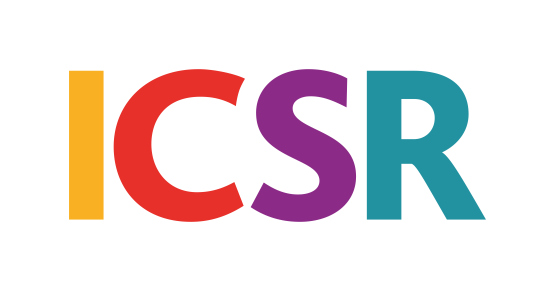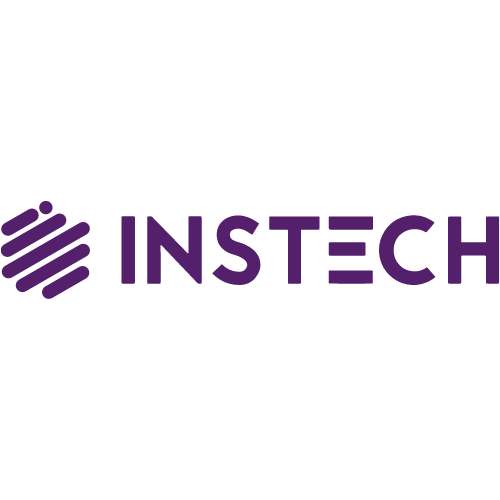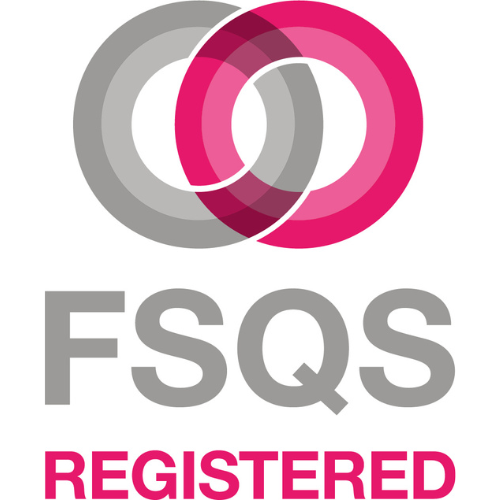I see frequent notifications on LinkedIn talking about legacy Policy and Broker Administration Systems, the need for new technology, how this will impact the modernisation programme and just the cry for change. Not unsurprisingly the posts, articles or notifications are by industry colleagues who happen to sell the very software they see as the silver bullet. Over the course of a few articles I intend to take you on a journey that will consider platform change, the effect on modernisation and possible alternative solutions that provide the same benefits at a reduced cost.
For insurance companies and brokers, policy and broker administration systems are the software platforms that power their business. From the data that resides in the legacy platform to using data for underwriting as an insurer or placing business as a broker, administration systems can be either a great asset or a liability. They facilitate underwriting processes and business placement, but they can also be expensive to change. In this article, we’ll discuss some of the pros and cons of making an upgrade or change to your existing system and what characteristics you should look for in a new software provider.
The Upsides of An Upgrade
Upgrading or changing your policy administration system can provide many benefits to both insurers and brokers. Some of these include:
- Improved storage capabilities – Newer systems often have better storage capabilities than older ones, which means you don’t need to worry about running out of space on the server. This is especially useful if you’re handling large amounts of data.
- Increased speed – When it comes to insurance businesses, time is money. If you’re dealing with policies that have complex rules and regulations, having access to faster processing speeds can make all the difference in keeping your workflow moving efficiently.
- Enhanced security – Security is always a priority when it comes to dealing with sensitive customer information. With newer policy administration systems, you can be sure that any data stored in the system is secure from hackers or other malicious actors who might try to gain access to it.
- More customisation – The best policy administration systems offer customizable options so that you can tailor them to fit your exact needs. This means that you won’t have to settle for generic solutions when it comes to meeting customer requirements or industry standards.
- Data analysis – modern systems will offer an improved ability to create and analyse MI and Data
- Placement efficiency – an upgraded system will provide improved efficiency on the placement of risks.
The Drawbacks of Change
Of course, there are some drawbacks associated with upgrading or changing your policy administration system as well. These include:
- Cost – Switching systems isn’t cheap and can require significant investments in both time and money upfront, before any benefit is seen from the change. It’s important to weigh those costs carefully against any potential benefits before deciding on whether or not it makes sense for your business.
- Training – Any changes will require additional training for staff in order for them to become proficient with any new systems or features being implemented. This can add time and expense onto any project timeline as well as potentially causing disruption until everyone gets up-to-speed on how things work now, versus how they used to work before any changes were made.
- Loss of Data – Depending on how old your current system is, there may be compatibility issues between it and more modern platforms which could lead to data loss if things aren’t handled properly during migration processes from one system over another. This is not a great sales point for the software company as more often than not the cost associated with this piece of work alone can be a cost game changer.
Underwriting for Insurers
For insurers, one key consideration is using data for underwriting purposes. A good policy administration system should provide accurate and fast risk assessment tools that help insurers make sound decisions quickly and efficiently. The best systems will incorporate external data sources such as weather patterns or crime statistics into their risk models so insurers can have access to all relevant information at once. Furthermore, having strong claims handling capabilities is essential; an efficient policy administration system should allow claims adjusters to quickly investigate claims and provide timely settlements with minimal effort.
Business Placement for Brokers
For brokers, one key consideration is using data for business placement purposes. A good broker administration system should streamline the process by providing access to multiple carriers at once; this allows brokers to easily compare different coverage options side-by-side so they can provide their clients with the best products available on the market. Additionally, having automated quoting capabilities is essential; an efficient broker administration system should allow brokers to generate quotes with just a few clicks so they don’t have waste time manually entering information into multiple carriers’ systems.
Key Considerations Before Any Change
In addition to the issues I have covered above, when deciding whether or not it’s time for a change in your policy administration system, there are several key factors you must consider first:
- Cost of implementation and training.
- Scalability and flexibility.
- Customer service and support.
- Security and compliance.
- User experience and ease-of-use.
- Legacy data solutions.
These elements are critical when selecting a software provider because they indicate how well the software fits your needs now and, in the future, while ensuring that all regulatory requirements are met without compromising security or user experience. Also, critically, how they can support the porting of core legacy data across to the new platform (more on the alternatives to this to come…).
Conclusion
Making an upgrade or change in policy or broker administration systems isn’t something that should be done lightly – there’s both pros and cons associated with doing so and careful consideration must be taken into account before going down this route – but done right they can provide tremendous benefits such as improved storage capabilities, increased speed and enhanced security which may far outweigh the costs associated with getting up and running on a newer platform.
It’s also important when selecting a new software provider that they possess certain characteristics such as experience and expertise in not just providing software solutions but also understanding the nuances within insurance operations; they should also demonstrate commitment and responsiveness towards helping customers achieve success through their offerings – this way there’s assurance knowing that even after implementation help and support will still remain available when needed. All these factors combined make for an informed choice when looking for a partner who’ll help drive technological advancements within insurance organizations allowing them to remain competitive within today’s digital landscape.
ICSR has built a depth of knowledge of the various administration systems available, along with an understanding of the different implementation scenarios each is best suited to. If you would like to understand more about the process of evaluating the benefits of a system upgrade or change for your business, and how to select the right provider for your business, please speak with the author, or your usual contact at ICSR.
Related Articles
Event: London Market Reform – Why Embracing BluePrint Two Makes Sense
Please join us for a market briefing on Thursday 20th April when we look at the impact of Blueprint Two London market reforms on insurance companies and brokers writing and placing insurance risks in the London subscription market.
Wrapper Technology – The Solution To The Modernisation Conundrum?
With modernisation of the insurance market in London upon us, many companies are running with multiple legacy policy and broker administration systems, and the cost of full digital transformation can be daunting. Could wrapper technology be the solution?











